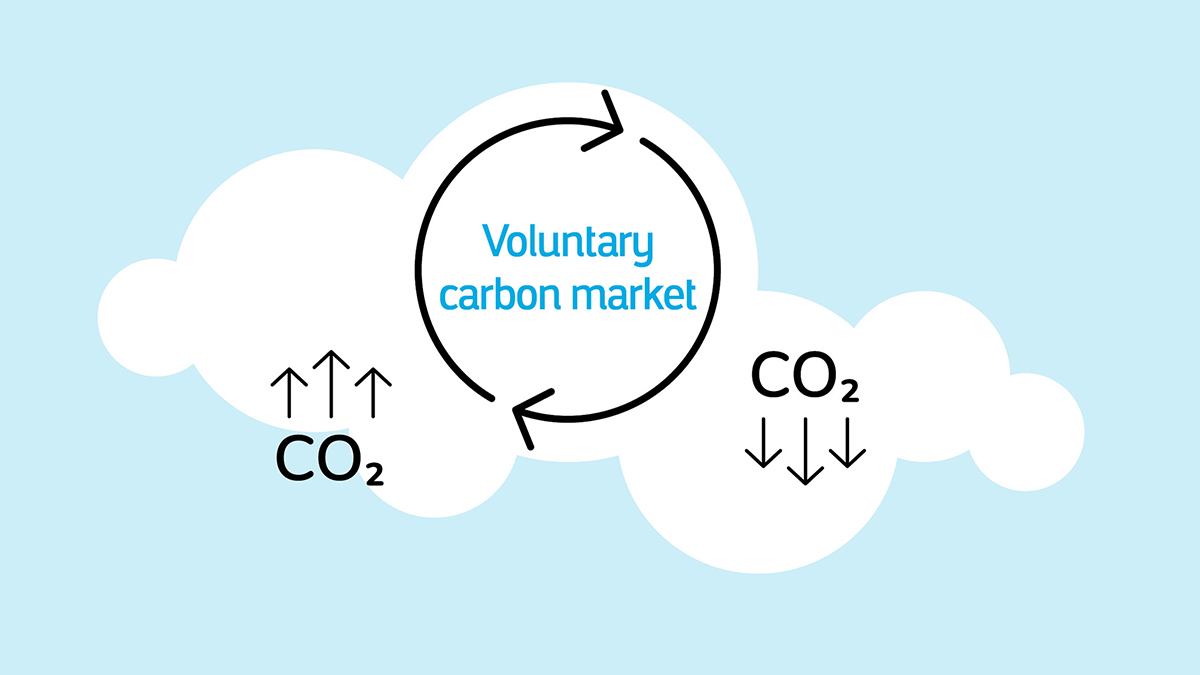Overview of the Voluntary Carbon Market in India
Introduction
As the world intensifies efforts to combat climate change, the importance of carbon markets has grown significantly. While compliance markets are driven by regulatory requirements, voluntary carbon markets (VCMs) allow companies, organizations, and individuals to offset their carbon emissions on a voluntary basis. In India, a country with rapidly increasing emissions but also vast potential for carbon sequestration, the voluntary carbon market has been gaining momentum. This essay provides an overview of the voluntary carbon market in India, examining its growth, key players, regulatory landscape, challenges, and future prospects.
Growth and Evolution of the Voluntary Carbon Market in India
The voluntary carbon market in India has evolved in response to both global trends and domestic needs. Initially, the market was relatively nascent, with limited participation from Indian entities. However, as awareness of climate change grew, and as international demand for carbon credits from developing countries increased, India began to emerge as a significant player in the VCM.
India’s voluntary carbon market has seen notable growth in recent years, driven by several factors. The increasing commitment of Indian corporations to sustainability, the rising demand for carbon offsets globally, and the government’s push towards achieving its Nationally Determined Contributions (NDCs) under the Paris Agreement have all contributed to this expansion. India has become one of the largest suppliers of carbon credits, particularly in sectors like renewable energy, forestry, and agriculture.
Key Players in India’s Voluntary Carbon Market
The voluntary carbon market in India is supported by a diverse set of stakeholders, including project developers, verification bodies, carbon credit buyers, and regulatory authorities.
- Project Developers: These are entities that initiate and manage projects designed to reduce or sequester carbon emissions. In India, project developers often focus on renewable energy, forestry, agriculture, and waste management projects. They are responsible for ensuring that projects meet the standards required for generating carbon credits.
- Verification Bodies: To ensure credibility, carbon projects must be independently verified. Verification bodies in India work to assess the legitimacy of carbon credits by evaluating the carbon reduction or sequestration achieved by the projects. These bodies must be accredited by recognized international standards, such as the Verified Carbon Standard (VCS) or the Gold Standard.
- Carbon Credit Buyers: On the demand side, buyers in India’s voluntary carbon market include multinational corporations, small and medium-sized enterprises (SMEs), and even individuals who are looking to offset their carbon footprints. Many Indian companies have begun purchasing carbon credits as part of their corporate social responsibility (CSR) initiatives or to achieve carbon neutrality.
- Regulatory Authorities: Although the voluntary market is not regulated in the same way as compliance markets, the Indian government plays a crucial role in setting the overall framework within which the market operates. The government’s policies on renewable energy, forestry, and sustainable agriculture indirectly influence the supply of carbon credits.
Regulatory Environment
The regulatory environment for the voluntary carbon market in India is shaped by a combination of international standards and domestic policies. While the market itself operates without direct government intervention, several policies and initiatives impact the generation and sale of carbon credits.
India’s commitment to the Paris Agreement and its NDCs have set the stage for increased activity in the VCM. The government’s focus on renewable energy, with ambitious targets for solar and wind power, has resulted in a surge of projects that contribute to the voluntary carbon market. Similarly, the promotion of sustainable agricultural practices and reforestation efforts have created additional opportunities for carbon credit generation.
In addition, India’s Bureau of Energy Efficiency (BEE) and other bodies have been instrumental in promoting energy efficiency and emissions reduction projects, many of which have the potential to generate carbon credits. The interplay between these policies and the voluntary carbon market is crucial for the market’s continued growth.
Challenges in India’s Voluntary Carbon Market
Despite its growth, the voluntary carbon market in India faces several challenges that could hinder its development.
- Price Volatility: The price of carbon credits in the voluntary market can be highly volatile, making it difficult for project developers to predict returns on investment. This uncertainty can deter investment in new projects.
- Verification and Standards: Ensuring that carbon credits are genuine and that projects meet rigorous standards is a challenge. The cost of verification can be high, particularly for small-scale projects, which can limit participation in the market.
- Awareness and Participation: While awareness of the voluntary carbon market is growing, it remains limited among many potential participants, particularly in rural areas. Educating farmers, small businesses, and local governments about the benefits of carbon credits is essential for expanding the market.
- Regulatory Clarity: Although the government supports climate action, there is a need for clearer regulatory guidance specifically tailored to the voluntary carbon market. This could include tax incentives, clearer rules on the ownership of carbon credits, and support for small-scale projects.
Future Prospects
The future of the voluntary carbon market in India looks promising, driven by both domestic and international factors. As the global community pushes for more ambitious climate targets, the demand for carbon credits is likely to increase, providing a significant opportunity for India. Moreover, the Indian government’s ongoing focus on renewable energy, sustainable agriculture, and forest conservation aligns well with the needs of the voluntary carbon market.
To fully realize this potential, it will be crucial to address the challenges outlined above. Enhancing awareness, providing better regulatory clarity, and supporting small-scale projects could significantly boost the market’s growth. Furthermore, innovations in technology, such as blockchain for tracking carbon credits, could enhance transparency and efficiency, making the market more attractive to participants.
Conclusion
The voluntary carbon market in India has come a long way, evolving from a niche area to a significant component of the country’s climate action strategy. While challenges remain, the market offers considerable opportunities for businesses, communities, and the environment. With continued support from the government, greater awareness among stakeholders, and advances in technology, India’s voluntary carbon market is poised to play a critical role in global efforts to combat climate change.




Leave a Reply